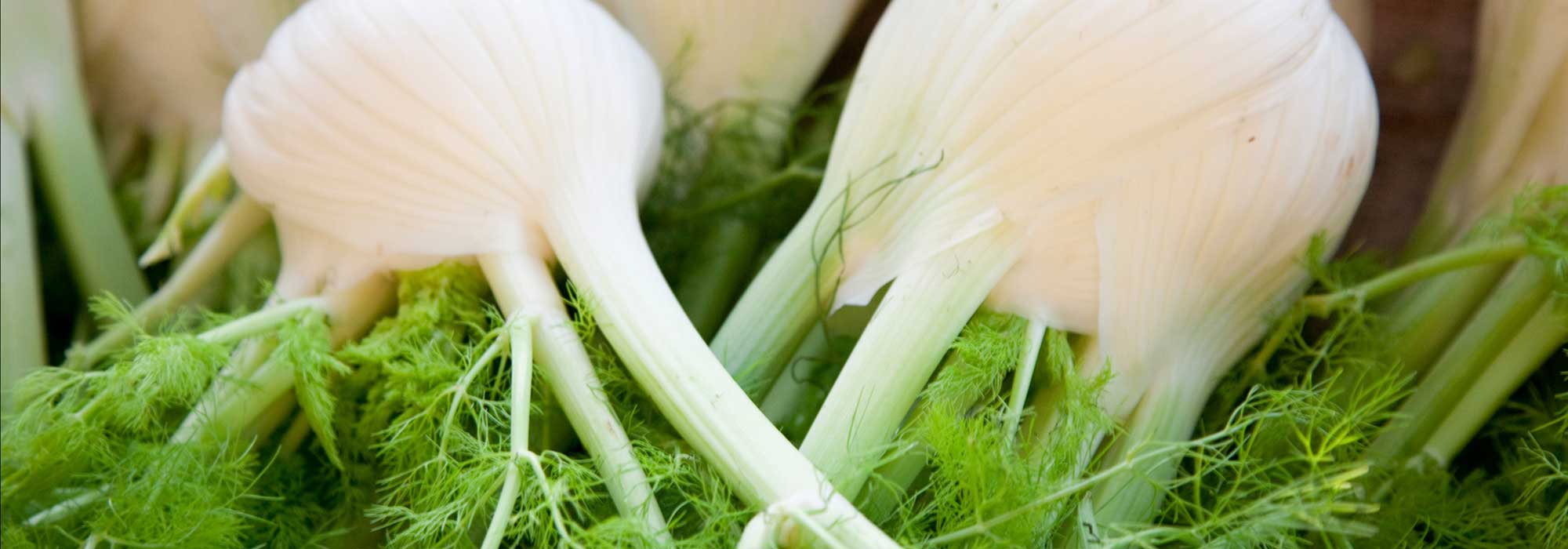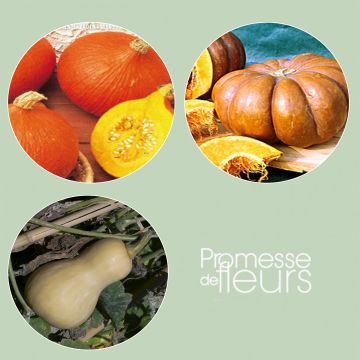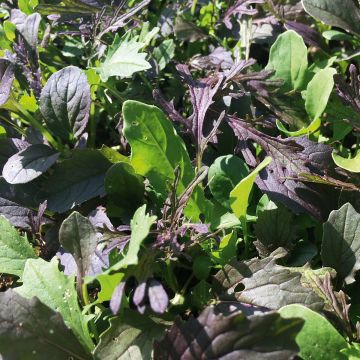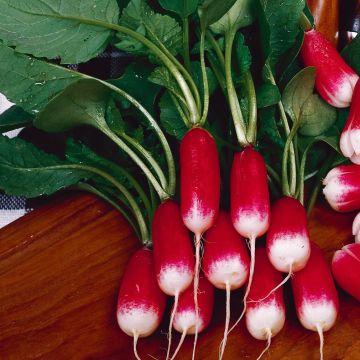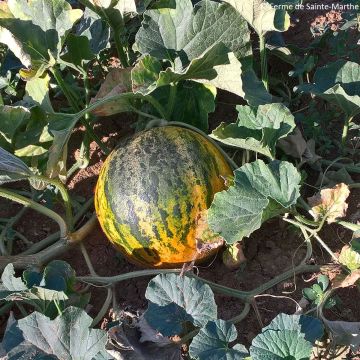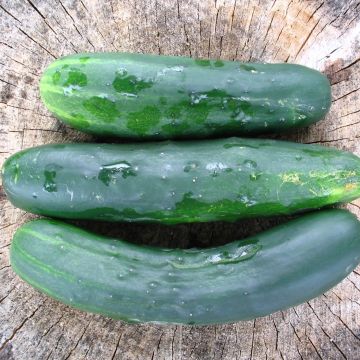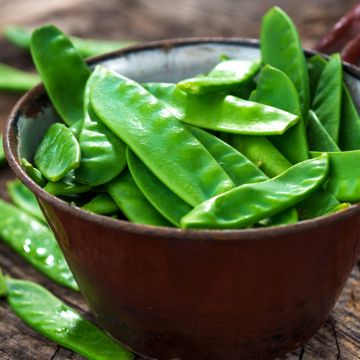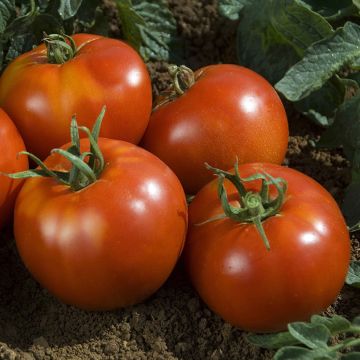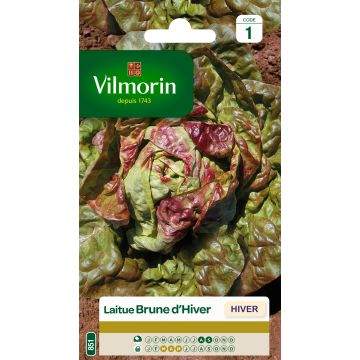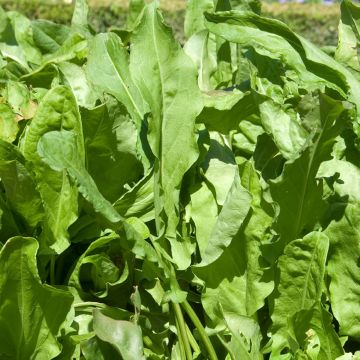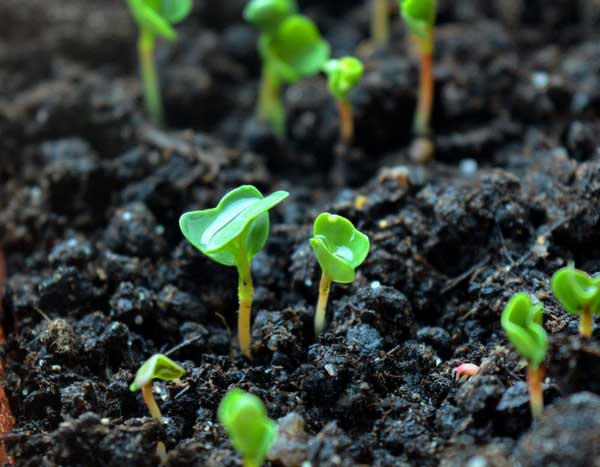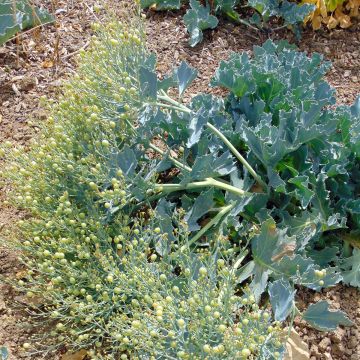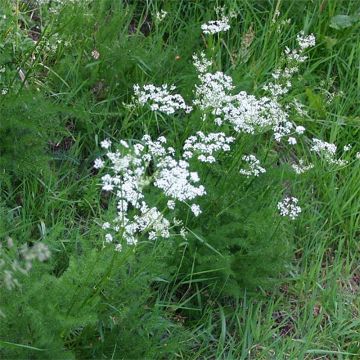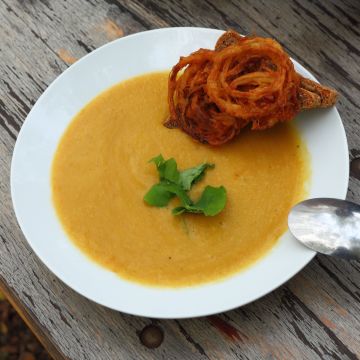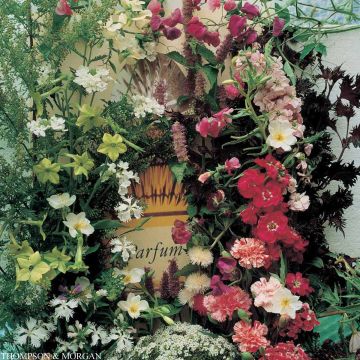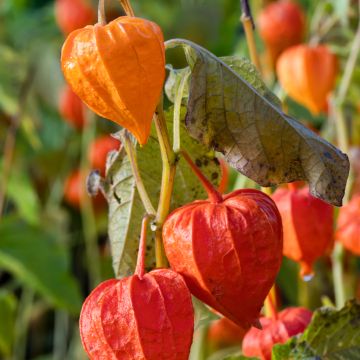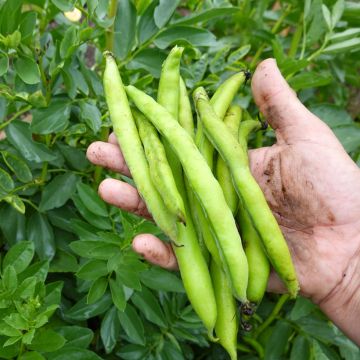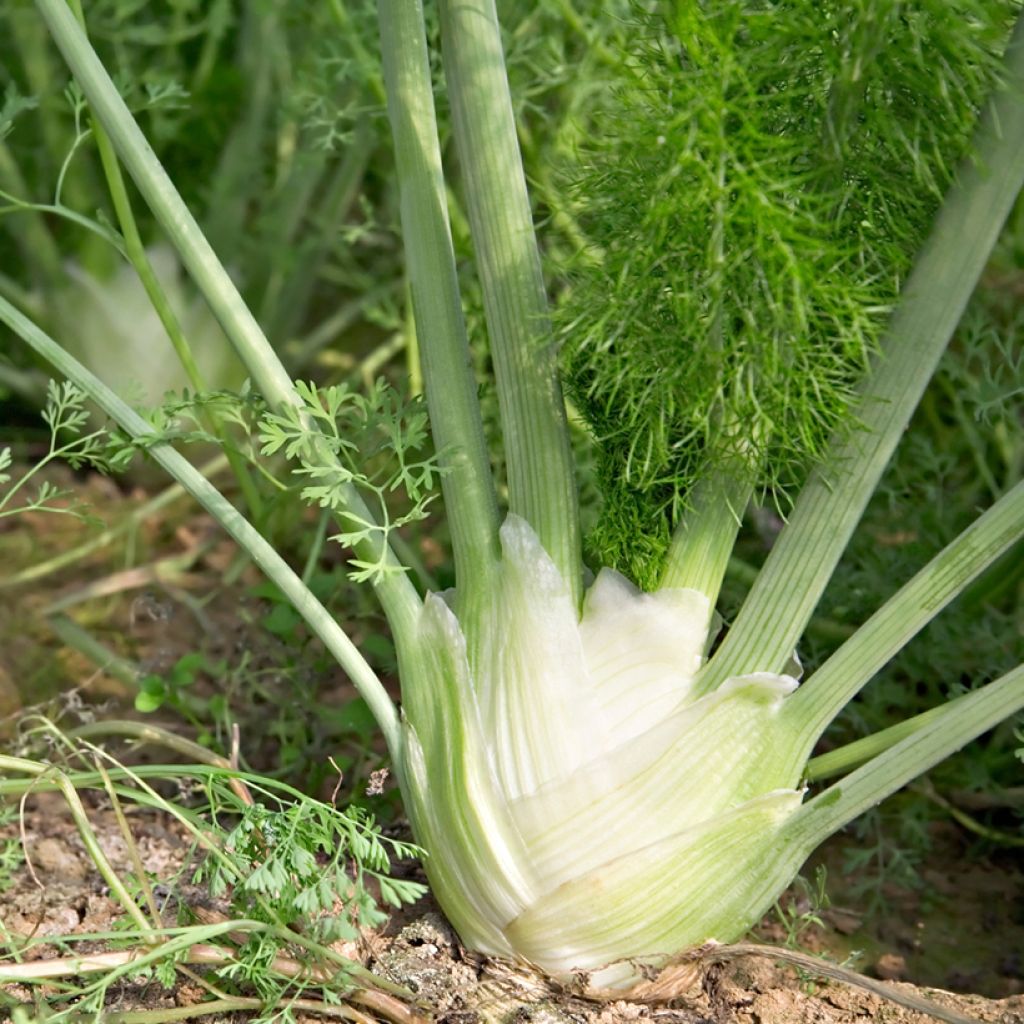

Foeniculum officinalis 'Romanesco'
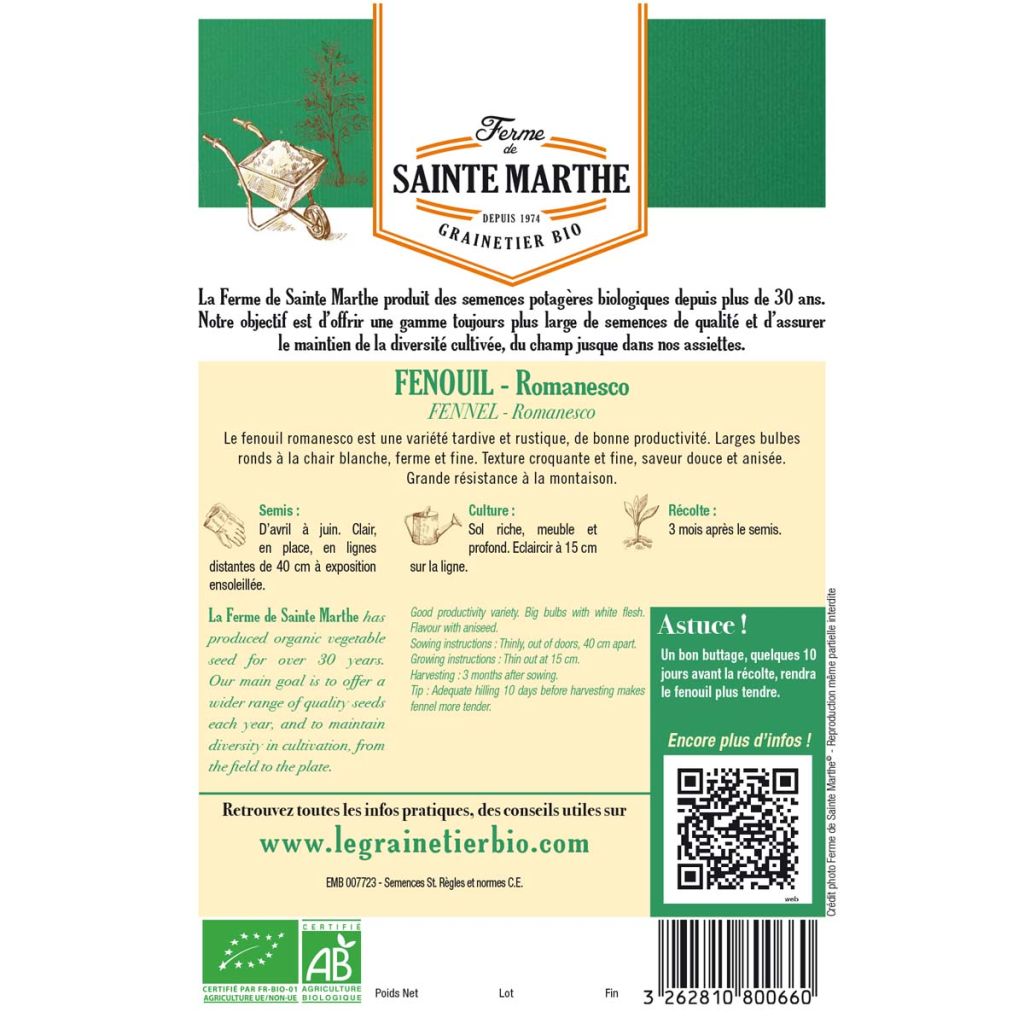

Foeniculum officinalis 'Romanesco'
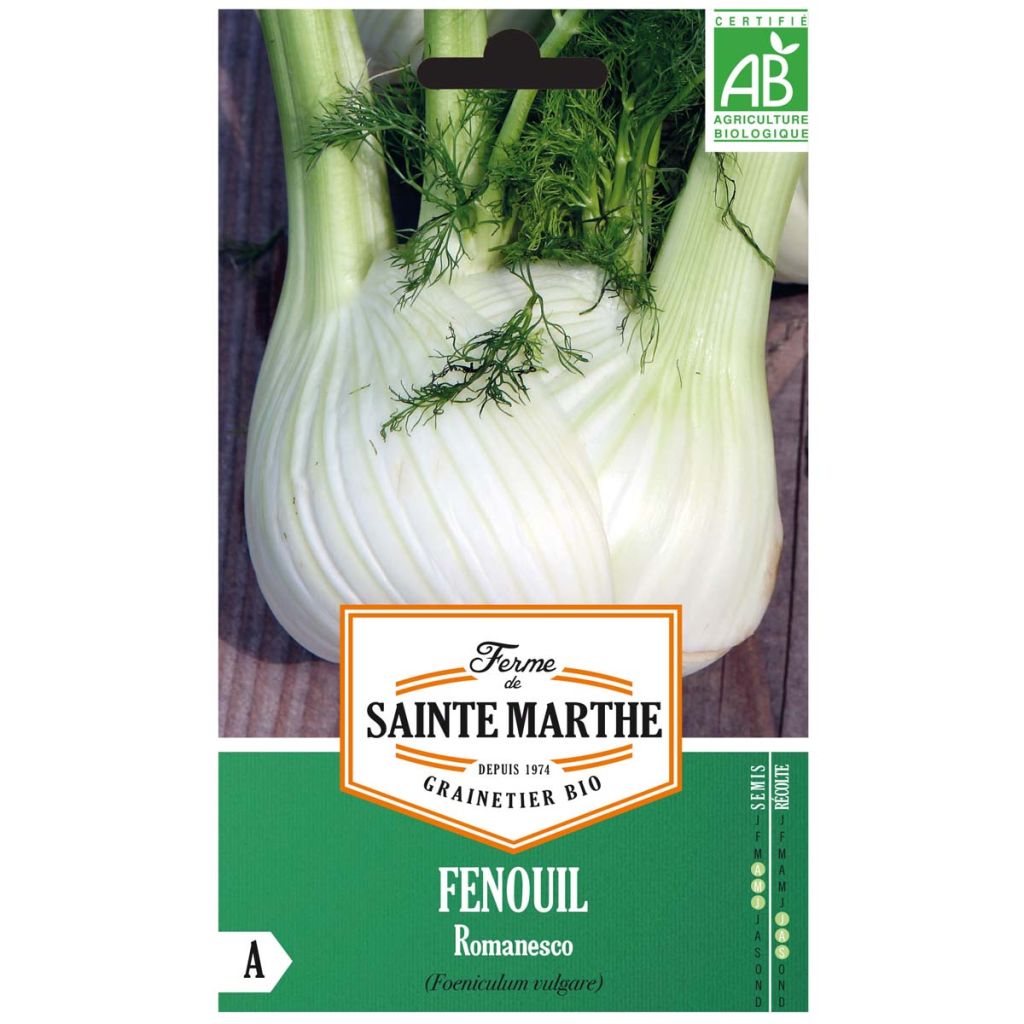

Foeniculum officinalis 'Romanesco'
Foeniculum officinalis 'Romanesco'
Foeniculum officinalis Romanesco
Fennel
Special offer!
Receive a €20 voucher for any order over €90 (excluding delivery costs, credit notes, and plastic-free options)!
1- Add your favorite plants to your cart.
2- Once you have reached €90, confirm your order (you can even choose the delivery date!).
3- As soon as your order is shipped, you will receive an email containing your voucher code, valid for 3 months (90 days).
Your voucher is unique and can only be used once, for any order with a minimum value of €20, excluding delivery costs.
Can be combined with other current offers, non-divisible and non-refundable.
Home or relay delivery (depending on size and destination)
Schedule delivery date,
and select date in basket
This plant carries a 6 months recovery warranty
More information
We guarantee the quality of our plants for a full growing cycle, and will replace at our expense any plant that fails to recover under normal climatic and planting conditions.
Description
The 'Romanesco' Fennel is a variety that produces large pearly "bulbs" weighing from 500g to 1kg. It has a white, crunchy and delicate flesh with a slight aniseed taste. Fennel can be consumed cooked in water, braised or raw. We particularly enjoy it raw in refreshing Italian recipes, cut into strips and mixed with pieces of orange and cured ham. The 'Romanesco' Fennel is late, quite productive and resistant to running to seed. It is sown between April and June and harvested from July to September.
Although easy to grow, Fennel is one of those highly reactive plants that require a minimum amount of warmth to grow but do not tolerate episodes of drought, which cause it to quickly go to seed. The art of the gardener lies in combining the right variety with the right sowing period. The bulbs (which are not actually bulbs, as this fleshy part is formed by the overlapping of the petioles) of Fennel have a beautiful pearly white colour and a slightly aniseed flavour. It is a vegetable with a delicate flavour that can be consumed both raw and cooked. Its branches are particularly used to flavour fish dishes. Finally, if by unfortunate chance some plants go to seed, console yourself, as fennel seeds make a very good condiment that aids digestion.
Harvest: Fennel is harvested approximately three months after sowing and can be done as needed.
Storage: It is a fairly tender plant that cannot tolerate frost. It cannot remain in the ground during winter and should be stored in a cellar. Freshly harvested fennel can be stored for a few days in the refrigerator or several months in the freezer after being blanched.
Gardener's tip: To reduce watering, we recommend that you mulch the soil with thin successive layers of grass clippings, if possible mixed with dead leaves, starting from the end of May. This protection, which keeps the soil moist, also reduces the need for weeding.
Harvest
Plant habit
Foliage
Botanical data
Foeniculum
officinalis
Romanesco
Apiaceae
Fennel
Cultivar or hybrid
Annual
Other Vegetable seeds from A to Z
View all →Planting and care
Sowing: Fennel germination occurs at a minimum temperature of 12°C (53.6°F). Germination usually takes between 8 and 10 days. The sowing period extends from March to June for a harvest from July to October. Sowing can be done from March under cover, in seed trays filled with good seed compost, or from April to May directly in the well-warmed ground. The seeds are buried to a depth of 1cm (0.5in) and sown 5cm (2in) apart in rows spaced 40cm (16in) apart. One month after germination, it is necessary to thin out, keeping only one plant every 15 to 20cm (6 to 8in). If sowing was done in a nursery, the plants will need to be "hardened off" (part of the foliage is removed) before being transplanted into the garden, following the same planting distances as for sowing (15 to 20cm (6 to 8in) between plants in rows spaced 40cm (16in) apart).
Cultivation: Fennel thrives in sunny, humus-rich soil. If compost is needed, it is best to apply it in autumn, in the form of well-rotted compost (about 3kg per m2) by raking it to a depth of 5cm (2in), after loosening the soil as is done for all vegetable crops. To obtain nice white bulbs, fennel can be earthed up to a height of 15cm (6in). In the vegetable garden, fennel is not a good companion and only gets along well with celery. Don't hesitate to let some plants flower, as they are very pretty and particularly appreciated by beneficial insects.
Seedlings
Care
Intended location
Planting & care advice
This item has not been reviewed yet - be the first to leave a review about it.
Similar products
Haven't found what you were looking for?
Hardiness is the lowest winter temperature a plant can endure without suffering serious damage or even dying. However, hardiness is affected by location (a sheltered area, such as a patio), protection (winter cover) and soil type (hardiness is improved by well-drained soil).

Photo Sharing Terms & Conditions
In order to encourage gardeners to interact and share their experiences, Promesse de fleurs offers various media enabling content to be uploaded onto its Site - in particular via the ‘Photo sharing’ module.
The User agrees to refrain from:
- Posting any content that is illegal, prejudicial, insulting, racist, inciteful to hatred, revisionist, contrary to public decency, that infringes on privacy or on the privacy rights of third parties, in particular the publicity rights of persons and goods, intellectual property rights, or the right to privacy.
- Submitting content on behalf of a third party;
- Impersonate the identity of a third party and/or publish any personal information about a third party;
In general, the User undertakes to refrain from any unethical behaviour.
All Content (in particular text, comments, files, images, photos, videos, creative works, etc.), which may be subject to property or intellectual property rights, image or other private rights, shall remain the property of the User, subject to the limited rights granted by the terms of the licence granted by Promesse de fleurs as stated below. Users are at liberty to publish or not to publish such Content on the Site, notably via the ‘Photo Sharing’ facility, and accept that this Content shall be made public and freely accessible, notably on the Internet.
Users further acknowledge, undertake to have ,and guarantee that they hold all necessary rights and permissions to publish such material on the Site, in particular with regard to the legislation in force pertaining to any privacy, property, intellectual property, image, or contractual rights, or rights of any other nature. By publishing such Content on the Site, Users acknowledge accepting full liability as publishers of the Content within the meaning of the law, and grant Promesse de fleurs, free of charge, an inclusive, worldwide licence for the said Content for the entire duration of its publication, including all reproduction, representation, up/downloading, displaying, performing, transmission, and storage rights.
Users also grant permission for their name to be linked to the Content and accept that this link may not always be made available.
By engaging in posting material, Users consent to their Content becoming automatically accessible on the Internet, in particular on other sites and/or blogs and/or web pages of the Promesse de fleurs site, including in particular social pages and the Promesse de fleurs catalogue.
Users may secure the removal of entrusted content free of charge by issuing a simple request via our contact form.
The flowering period indicated on our website applies to countries and regions located in USDA zone 8 (France, the United Kingdom, Ireland, the Netherlands, etc.)
It will vary according to where you live:
- In zones 9 to 10 (Italy, Spain, Greece, etc.), flowering will occur about 2 to 4 weeks earlier.
- In zones 6 to 7 (Germany, Poland, Slovenia, and lower mountainous regions), flowering will be delayed by 2 to 3 weeks.
- In zone 5 (Central Europe, Scandinavia), blooming will be delayed by 3 to 5 weeks.
In temperate climates, pruning of spring-flowering shrubs (forsythia, spireas, etc.) should be done just after flowering.
Pruning of summer-flowering shrubs (Indian Lilac, Perovskia, etc.) can be done in winter or spring.
In cold regions as well as with frost-sensitive plants, avoid pruning too early when severe frosts may still occur.
The planting period indicated on our website applies to countries and regions located in USDA zone 8 (France, United Kingdom, Ireland, Netherlands).
It will vary according to where you live:
- In Mediterranean zones (Marseille, Madrid, Milan, etc.), autumn and winter are the best planting periods.
- In continental zones (Strasbourg, Munich, Vienna, etc.), delay planting by 2 to 3 weeks in spring and bring it forward by 2 to 4 weeks in autumn.
- In mountainous regions (the Alps, Pyrenees, Carpathians, etc.), it is best to plant in late spring (May-June) or late summer (August-September).
The harvesting period indicated on our website applies to countries and regions in USDA zone 8 (France, England, Ireland, the Netherlands).
In colder areas (Scandinavia, Poland, Austria...) fruit and vegetable harvests are likely to be delayed by 3-4 weeks.
In warmer areas (Italy, Spain, Greece, etc.), harvesting will probably take place earlier, depending on weather conditions.
The sowing periods indicated on our website apply to countries and regions within USDA Zone 8 (France, UK, Ireland, Netherlands).
In colder areas (Scandinavia, Poland, Austria...), delay any outdoor sowing by 3-4 weeks, or sow under glass.
In warmer climes (Italy, Spain, Greece, etc.), bring outdoor sowing forward by a few weeks.






























